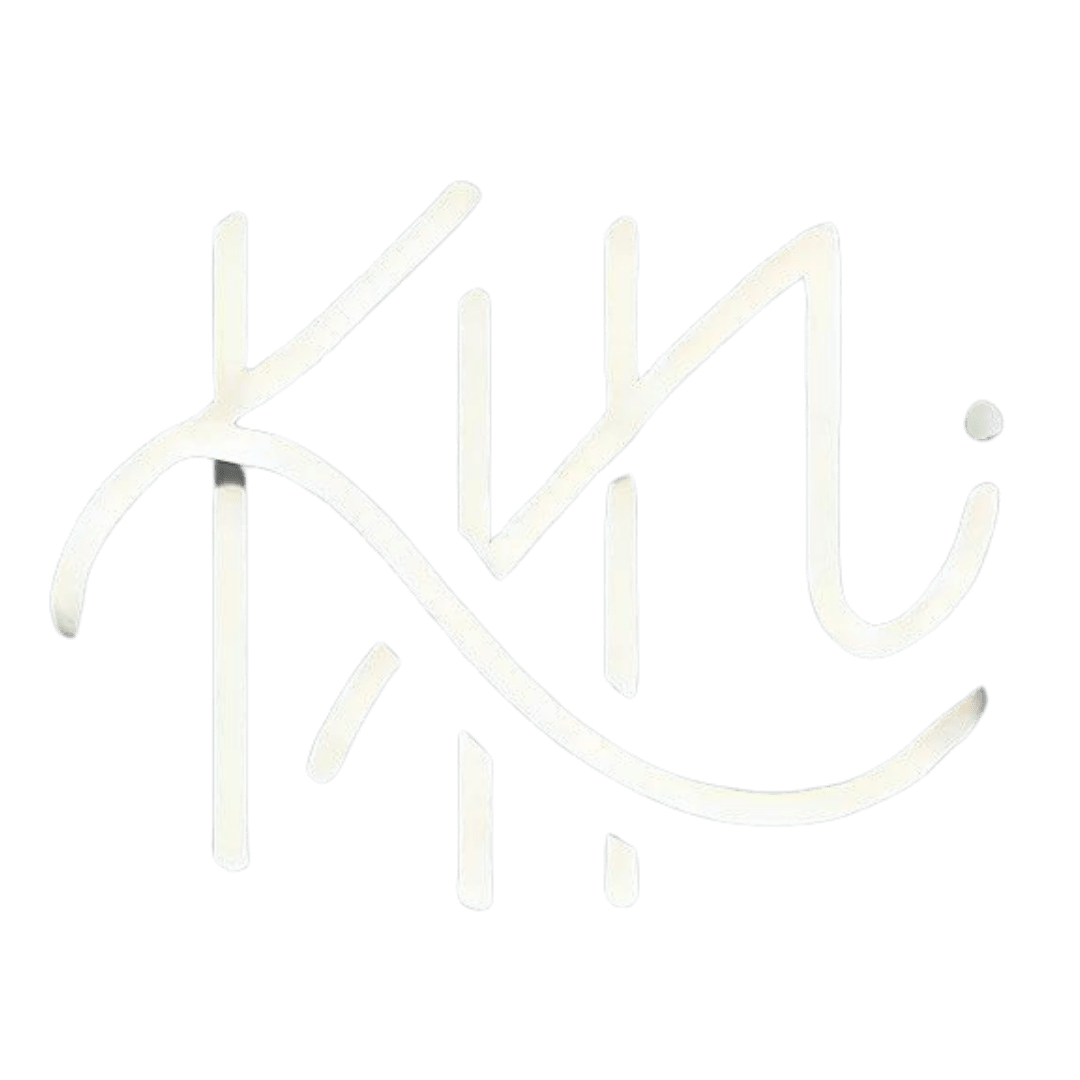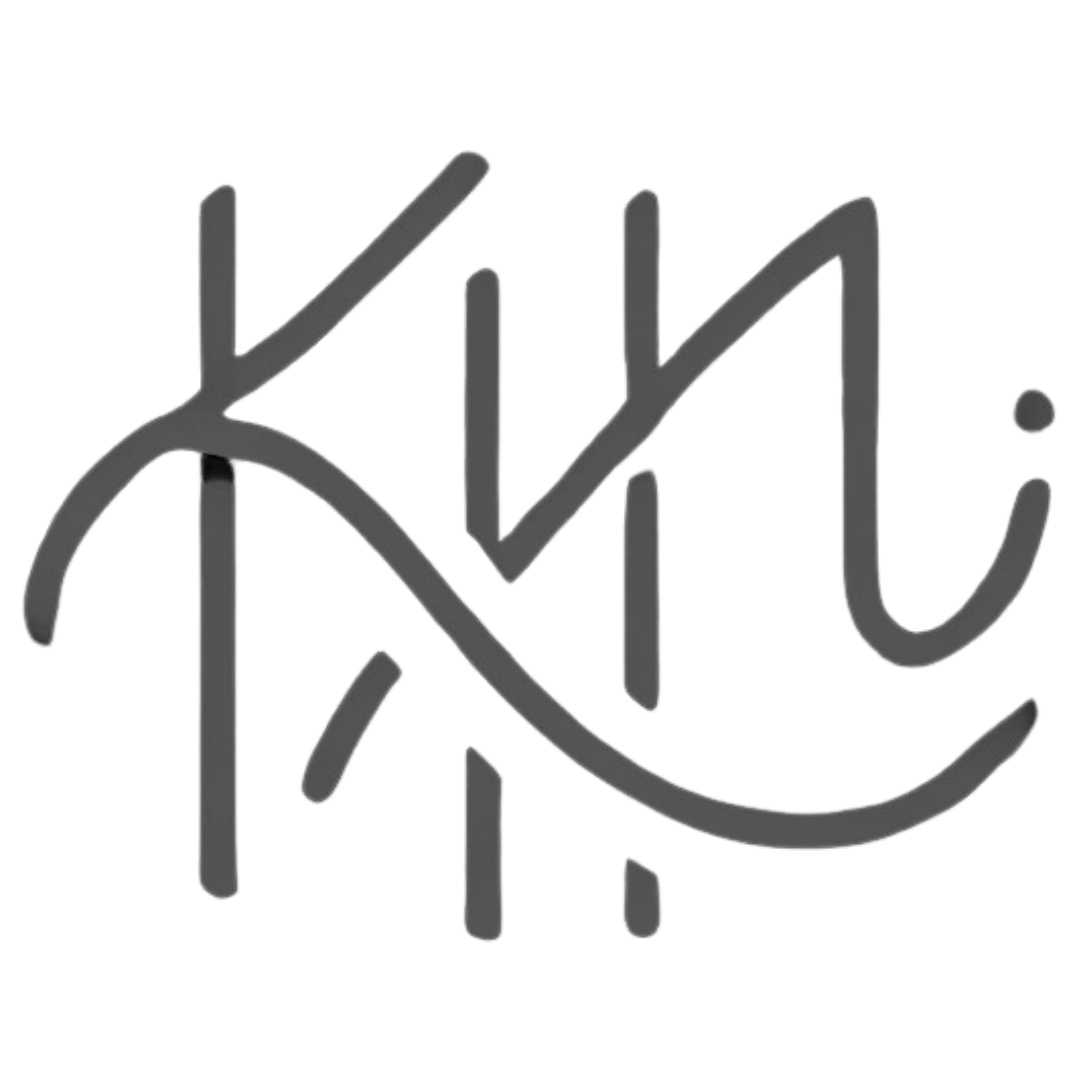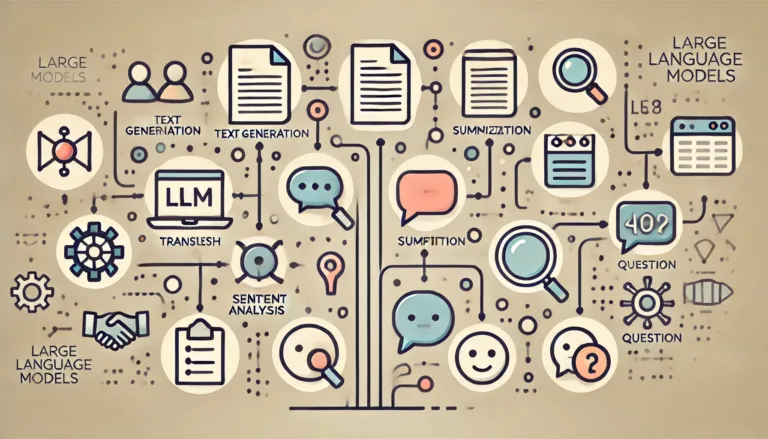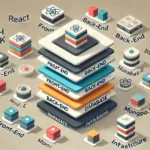What Tech Stack Do Popular Apps Use?
To answer the question, “What tech stack do popular apps use?” we must explore the foundational technologies that power today’s digital platforms. From single-page applications to enterprise systems, the choice of a tech stack plays a pivotal role in shaping an application’s performance, scalability, and maintainability. In this blog, we’ll delve into some of the most popular tech stacks, examining their components, advantages, and real-world use cases.
What is a Tech Stack?
A tech stack is a combination of technologies used to build and run an application. It typically includes:
- Front-end technologies that manage what users see and interact with.
- Back-end technologies that handle server logic, databases, and infrastructure.
The choice of a tech stack is critical because it impacts:
- The app’s ability to scale.
- Development speed and team productivity.
- Maintenance and operational costs.
Understanding the most popular tech stacks can help developers and businesses make informed decisions that align with their goals.
Learn more about how programming languages work here.
Overview of Popular Tech Stacks
In the modern tech landscape, various stacks cater to different needs, ranging from dynamic single-page applications to secure enterprise solutions. Here’s a quick overview of the stacks we’ll cover:
- MERN Stack
- MEAN Stack
- LAMP Stack
- JAMstack
- Serverless Stack
- Flutter with Firebase
- Ruby on Rails
- Django Stack
- Spring Boot with Kotlin
Deep Dive into Popular Tech Stacks
1. MERN Stack
- Components: MongoDB, Express.js, React, Node.js
- Description: A JavaScript-based stack ideal for building dynamic single-page applications (SPAs). It allows seamless integration between client and server development using a single programming language.
- Notable Apps: Facebook and Instagram utilize React for their highly interactive user interfaces.
- Advantages:
- Rapid development of SPAs.
- Excellent for projects requiring dynamic and real-time data updates.
Explore JavaScript libraries and frameworks for better front-end development.
2. MEAN Stack
- Components: MongoDB, Express.js, Angular, Node.js
- Description: A variation of the MERN stack, MEAN replaces React with Angular, a structured framework that emphasizes maintainability and scalability.
- Notable Apps: Google and PayPal use Angular and Node.js for their web applications.
- Advantages:
- Two-way data binding for interactive apps.
- Enhanced scalability for enterprise applications.
Learn about Java tutorials for backend development.
3. LAMP Stack
- Components: Linux, Apache, MySQL, PHP/Python/Perl
- Description: One of the oldest and most reliable tech stacks, LAMP is known for its simplicity and efficiency in building dynamic websites.
- Notable Apps: WordPress and Wikipedia rely on this stack to handle content-heavy platforms.
- Advantages:
- Open-source and cost-effective.
- Proven track record of stability.
Check out Python vs. Java to compare their real-world use cases.
4. JAMstack
- Components: JavaScript, APIs, Markup
- Description: This modern approach decouples the front-end and back-end, improving performance and security while reducing server reliance.
- Notable Apps: Platforms like Netlify champion JAMstack for its ability to deliver fast, scalable sites.
- Advantages:
- Superior performance with static content delivery.
- Robust security due to serverless architecture.
Learn more about AI tools that enhance content creation.
5. Serverless Stack
- Components: AWS Lambda, Azure Functions, Google Cloud Functions
- Description: Serverless architecture eliminates the need to manage infrastructure, allowing developers to focus purely on writing code.
- Notable Apps: Many modern applications utilize serverless stacks for microservices.
- Advantages:
- Cost savings from pay-as-you-go models.
- Quick deployment and high scalability.
Explore cloud-based AI tools for seamless integration.
6. Flutter with Firebase
- Components: Flutter (UI toolkit), Firebase (app development platform)
- Description: This combination allows developers to create cross-platform apps with a single codebase, saving both time and effort.
- Notable Apps: Google Ads and Alibaba have adopted this stack for their mobile app development.
- Advantages:
- Faster development cycles.
- Seamless integration of real-time databases.
Check out the best IDEs for Java development in 2024.
7. Ruby on Rails
- Components: Ruby programming language, Rails framework
- Description: Rails simplifies database-backed application development with its convention-over-configuration approach.
- Notable Apps: GitHub and Shopify showcase the scalability of Ruby on Rails.
- Advantages:
- Rapid prototyping capabilities.
- Strong emphasis on developer productivity.
Discover SOLID principles for object-oriented programming.
8. Django Stack
- Components: Django (Python framework), PostgreSQL
- Description: Django focuses on security, scalability, and rapid development, making it ideal for data-heavy applications.
- Notable Apps: Instagram and Pinterest rely on Django to handle millions of users daily.
- Advantages:
- Built-in security features.
- Suitable for high-traffic platforms.
Learn about machine learning basics for Python developers.
9. Spring Boot with Kotlin
- Components: Spring Boot framework, Kotlin programming language
- Description: Spring Boot simplifies Java development, while Kotlin’s concise syntax reduces boilerplate code. This stack is popular in enterprise environments.
- Notable Apps: Financial and healthcare applications often use this combination for their complex workflows.
- Advantages:
- High performance for large-scale systems.
- Excellent integration with existing Java libraries.
Read about Spring Boot security essentials.
Choosing the Right Tech Stack
Selecting the right tech stack is crucial for a successful project. Here are key factors to consider:
- Project Type: Different stacks cater to different needs (e.g., SPAs, mobile apps, enterprise systems).
- Team Expertise: Choose a stack your team is comfortable with to minimize the learning curve.
- Scalability Needs: Consider future growth when deciding on the stack.
- Budget: Open-source stacks like LAMP are cost-effective, while serverless solutions can reduce infrastructure expenses.
Learn how to improve coding skills to work with advanced stacks.
Conclusion
Understanding the technology stacks behind popular apps offers valuable insights into modern development practices. Each stack has its own strengths, from the dynamic capabilities of MERN and MEAN to the reliability of LAMP and the flexibility of JAMstack. By aligning your project requirements with the right stack, you can optimize performance, scalability, and cost-efficiency.
Further Resources
- Best Programming Languages to Learn
- AI Tools for Small Businesses
- Spring Boot Documentation and Tutorials
Which tech stack do you prefer? Share your thoughts in the comments below and let’s keep the conversation going!









